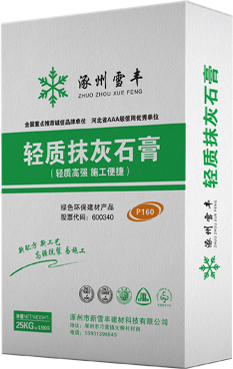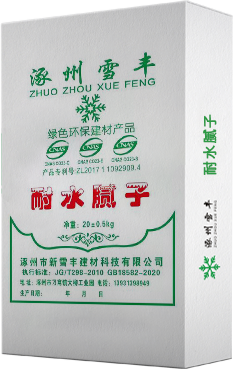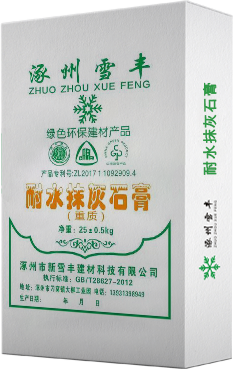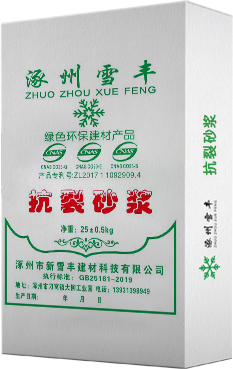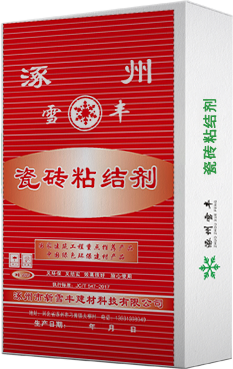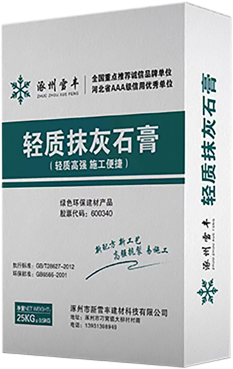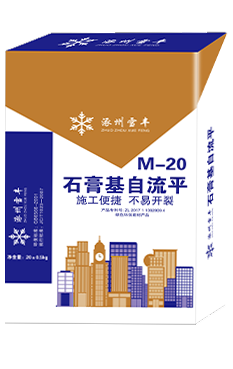

Overview
This technical regulation is the construction technical regulation of Zhuozhou Xinxuefeng Building Material Technology Co., Ltd., gypsum-based thick-layer self-leveling cushion. When using Zhuozhou Xinxuefeng Building Material Technology Co., Ltd. M-20 gypsum-based thick-layer self-leveling cushion as a ground pad When layering, the requirements of this technical regulation must be strictly followed. This technical specification can be used by design, construction and quality supervision personnel.
Scope of application
1. M-20 gypsum-based thick self-leveling cushion can be used for indoor ground leveling. When used for ground leveling, its thickness is required to be within the range of 15-50mm, that is, not less than 15mm and not more than 50mm.
2. Indoor ground screed for newly built, expanded, rebuilt buildings and existing industrial and civil buildings.
3. After the leveling is completed, wooden floors, ceramic tiles, PVC, etc. can be laid on the ground, and the surface can be polished if necessary.
Features
(1) The ground constructed with self-leveling gypsum has accurate dimensions, high levelness, no hollowing, no cracks; easy and convenient operation, high efficiency; and pumping construction can be used, and the daily paved ground can reach 800-1000m².
(2) It is used as a "floor heating" leveling cover (compared with other heating methods, the energy saving rate of floor heating is about 20%, and the energy saving rate can reach as high as 40% if the partition temperature control device is used), it will not be like cement mortar layer , Due to thermal expansion and contraction, cracking and drumming will occur.
(3) When self-leveling gypsum and cement mortar are used for the leveling layer of the building ground, the final cost of the two materials is similar. If self-leveling gypsum is used instead of cement mortar, the reduction in cement consumption will account for a very small proportion of the entire cement production, less than one percent; basically it will not affect the interests of cement production enterprises. Therefore, there is little resistance and great prospects for the promotion and application of self-leveling gypsum in my country's building materials market.
(4) It is widely used in foreign countries and has been used for decades, with mature construction technology and supporting construction equipment.
(5) The thickness of the construction can be 3mm-10cm.
Transportation
Xinxuefeng gypsum-based thick-layer self-leveling cushion materials should be delivered to the construction site in the original package with complete labels and unopened packaging.
Store
Xinxuefeng gypsum-based thick-layer self-leveling cushion materials should be stored in a cool, dry and ventilated place, avoid direct sunlight, rain, and prevent moisture. Because self-leveling contains high-strength gypsum and various additives, it should be used as soon as possible after production, otherwise the fluidity will decrease. Recommended storage period is 3 months.
Construction environment conditions
When constructing gypsum-based self-leveling, the indoor temperature should be 5-35°C.
Construction tools
Hand mixer, spirit level, tooth scraper, hair roller, scraper, box ruler, vacuum cleaner, exhaust roller, trowel, rake, spikes or rain boots, mixing bucket, etc.
Preparatory work before construction
Before construction, before pouring self-leveling mortar, drains, boundaries, doors and other parts should be blocked.
Brush interface agent
Select a suitable interface agent according to the ground conditions of the base layer, and paint at least one time in the directions perpendicular to each other on the surface of the base layer according to the requirements of the product manual.
After the surface of the interface agent is dried for the first time, apply the second time to make the surface free of liquid, and the self-leveling construction can be carried out after drying.
Construction site closed
Doors and windows should be closed during the self-leveling ground construction of civil buildings, and the site should be closed during the construction of public buildings to avoid drafts, direct sunlight, and people stepping on it, otherwise the quality of the surface will be affected.
When there is no closed site condition, it is advisable to take measures or divide the flowing water construction section to avoid wind blowing and people's trampling as much as possible.
Make construction thickness marks
The construction thickness mark adopts the spring line to place the position of the horizontal level, and makes ash cake or mud strip as the thickness mark. The thickness of each construction is carried out according to the product specification. The thickness of M-20 self-leveling mortar is about 15-50mm.
According to the requirements of the construction plan, the construction site is divided into several running water sections, and the thickness mark is set in the lower section of each running water. Usually do one every 2-3m interval.
Slurry mixing
Manual operation method: accurately weigh the mixing water and pour it into a clean mixing bucket. Start the electric mixer, slowly add the accurately weighed gypsum-based self-leveling material, and keep stirring for 3 minutes until it is uniform without agglomeration. Stop stirring for 2-3 minutes to make the self-leveling material fully wet and uniform. After removing air bubbles, stir for another 2-3 minutes to make the slurry into a uniform paste.
Mechanical method: Pour accurately weighed mixing water into a special mixer, then pour in accurately weighed gypsum self-leveling mortar, and stir until the slurry is uniform without agglomeration, and then mix the self-leveling mortar It is pumped to the construction site by a special pump.
Slurry paving
According to the requirements of the construction plan, this product is divided into two constructions. Pour the stirred self-leveling slurry on the construction surface for the first construction. It is advisable to pour out the slurry in the mixing tank at one time to allow it to flow and level. , if necessary, use a self-leveling scraper to assist the slurry to spread evenly, and the thickness is about 2/3 of the required thickness; after the first construction is completed, the second construction is carried out immediately, and the operation is the same as the first pass. Operators must wear spiked shoes.
Maintenance
The self-leveling ground after construction can be lightly walked by people in 6 hours under natural maintenance conditions, free walking can be done after 24 hours, and the next step of ground decoration can be carried out in 1-3 days, depending on the dry state of the self-leveling ground.
Construction Notes
1. The well-mixed mortar should be protected from sun exposure and fire. Stir as you use, use up within 30 minutes.
2. Cement, sand, antifreeze and other materials cannot be added to the mortar. If the mortar becomes thick, just stir it and use it.
3. The cleaning of the base is very important. Floating dust and oil will seriously affect the bonding of self-leveling, and will cause hollowing and cracking.
4. If the base cracks are not handled properly, the cracks will be reflected to the self-leveling surface and cracks will appear. Severe cracks should be chiseled and repaired in advance, and a layer of galvanized steel mesh can be added for minor cracks. The aperture of the steel mesh is 12-20mm and the diameter is 0.6-1mm. The steel mesh is fixed on the ground with nails and cannot be warped.
5. Interface agent must be applied. The back cover of the interface agent is not good, and a large number of pores will appear on the surface, which will affect the strength and appearance.
6. When mixing the self-leveling mortar, it must be stirred twice to make the mortar thoroughly mixed.
7. The amount of water added must be strictly controlled. When the fluidity of the thick self-leveling mortar is about 140mm, the amount of water added is about 32%. At this time, the construction property is already very good, and there is no need to increase the water consumption. A relatively large amount of water will cause the self-leveling to sink seriously, and it may powder and crack after hardening. If the fluidity is less than 140mm, you can gradually add water to control the fluidity to 140mm, but observe whether the mortar sinks to the bottom obviously, and it can continue to be used if it does not sink to the bottom.
8. During construction and within 18 hours after construction, drafts and direct sunlight must be strictly avoided. If there is a draft, close the doors and windows; if there is direct sunlight, draw the curtains. After 24 hours of construction, it can be gradually ventilated.
9. Self-leveling mortar contains cement, so avoid contact with skin and eyes. In case of contact, rinse with water immediately and seek medical attention in severe cases.
10. After the self-leveling mortar is hardened, it will not produce harmful substances to the human body and the environment, so it can be used with confidence.
